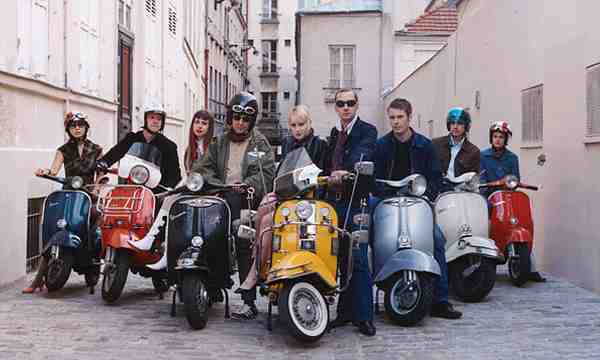What is youth sub-culture?
What are the values of a subculculture?
Jocks
Nerds
Skaters
Punks
Goths
Emo
Mods and rockers
New romantics
Chavs
Ideology: refers to the way in which people think about the world and their ideal concept of how to live in the world.
Nerds: there values and attitudes are to work hard and study at school to get good grades, they could possibly not be the most popular with the other sex therefore a girlfriend could be seen as an important aspect. There would rather be an individual than follow a crowd but they generally have the same interests and dress similar.They aren’t worried about brand names or fashion as a checked shirt and some smart trousers with a bow tie will never go out of fashion.
Link to values.. how the subculture view;
conformality and rebelion
Attitude to capitalismand consumerism
'Tirbal' riva;ry
Traditional or 'neophile'( a person who loves novelty one who likes trends person who can accept the futureenthusiastically qne enjoys changes and evolution.
Ieology in 1950s and 60s- peace rebellion against parents
Many goups are involved in protest and resistance against the mainstream...
Teens will often move between sub-cultures and older youths mix and match styles/values from a mix of subcultures.
Or that adults can appear to conform for the most of the working week, but re-enter the subculture at specific times(weekend,festivals,etc.)
In 21st century the dominant meaning systems( that define mainstream) are crumbling
'here is no mainstream now there are many streams'
if there is no mainstream there is nothing for teens to act against - instead they are driven by other motives; and these must be understood on their own terms, individual terms.
1950s Teddy boys:

1960s Mods:

1960s skinheads:
Early 1970s punks:
The cultural revolution 50s+60s
Just before the 50s was ww2
Scared
Poor
Time of survival
After war came a time of freedom and affluence
Antiauthoristarionism cultures.
Raioning came to an end
american life became the way of life aspirations to the british public
post war you could have more than what was essential, luxarys.
change in goverment created differnent social structure.
youth were given more freedom by parents.didnt live under constant guilt of what there parents where going through.
Amercicas influence
Cultural imperialism- the practice of promoting, distinguishing, separating or artificially injecting the culture of one society into another(America influence on Britain post-war)
cultural revolution
increases in the production and availability of consumer goods meant that people were expected to have good s such as tvs fridges music systems... befor ethe war these had been a luxary. Car ownership rose by 250% between 1951-61 and between 1955-60 average weekly earnings rose by 34%.
Less utilitarian more to do with status and comfort.
Teenagers become recognised as a social gorup (rather than seen and not heard) and in turn they became more affluent, demanded goods that could differenciate them from the adult world and express their group identity.
Could argue that orignially identity was created though rebranding, product choice.As youth culture became more dominsnt these attitudes rapidly sopread among other spcial groups and for many people their consumption choices began to underpin their personal iodentity.
state funded education>working class children could go to college/uni
Social mobility
affluence social mobility qnd the advent of the mass media, comibined with a government that placed individual freedom at the heart of its agenda, had transformed british society.
there was general feeling of optimism but also a sense of uncertainty. New freedoms and liberties had been gained, but as a result society had become more fragmented and less predictable.











